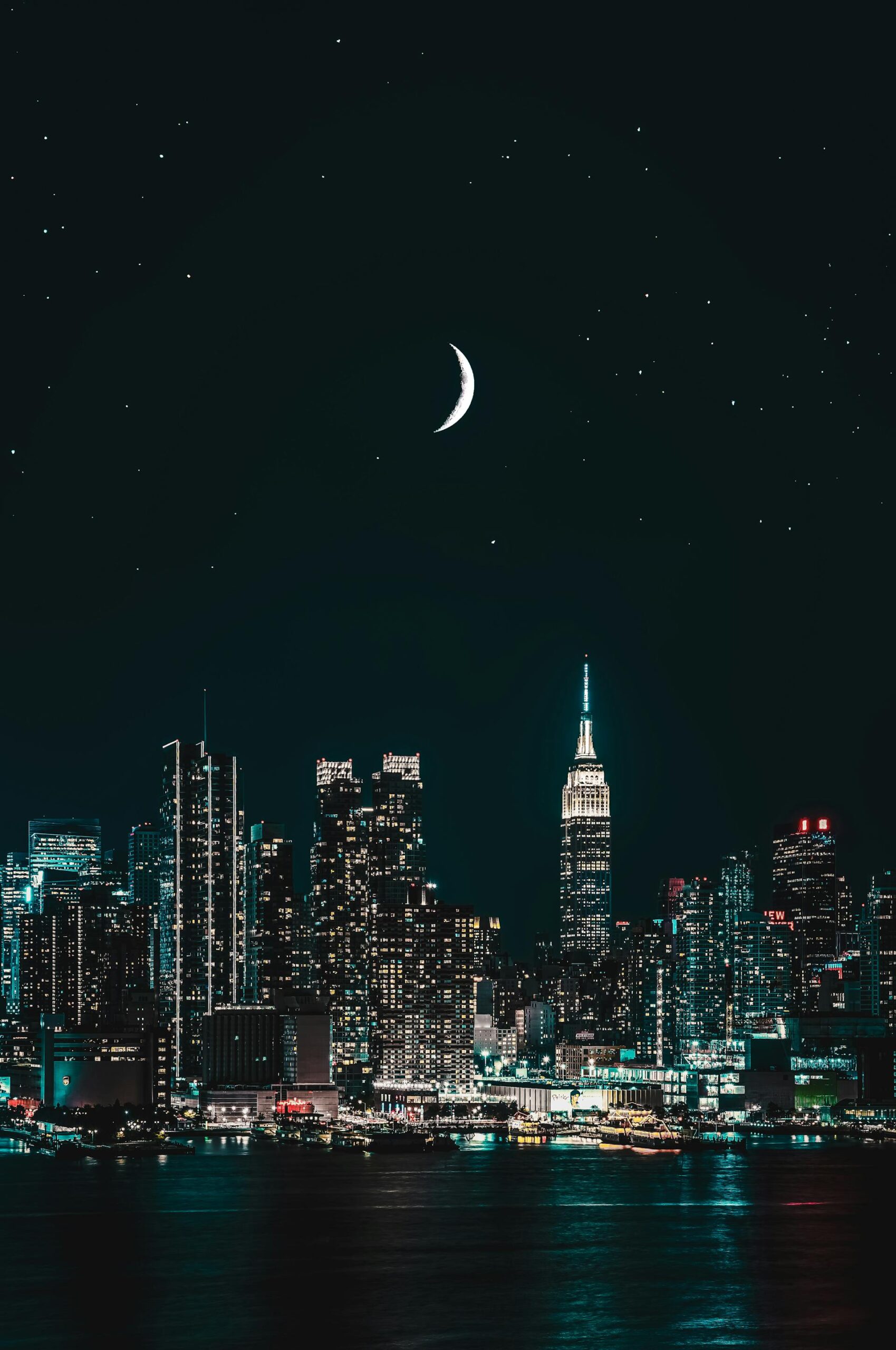The Dark Side of Light Pollution: The Silent Intruder of Our Night Skies

Introduction
Light pollution, broadly defined, is the excessive, misdirected, or obtrusive use of artificial (usually outdoor) light. It is a direct result of industrialization, urbanization, and the widespread adoption of electric lighting. While artificial lighting has brought numerous benefits to modern society, it has also come with a significant cost to the natural world and human health.
Types and Sources of Light Pollution
There are several types of light pollution, each with its own unique characteristics and sources:
- Skyglow: The brightening of the night sky over populated areas, caused by the scattering of artificial light in the atmosphere.
- Light Trespass: When unwanted light from one property spills onto another, such as a streetlight shining into a bedroom window.
- Glare: Excessive brightness that causes visual discomfort, such as the glare from unshielded or poorly aimed outdoor lights.
- Clutter: The excessive grouping of light sources, often found in commercial and industrial areas, which can be distracting and disorienting.
The primary sources of light pollution include:
- Residential and commercial buildings
- Streetlights and highway lighting
- Parking lots and sports facilities
- Industrial and manufacturing facilities
- Advertising and signage
Environmental Impacts
The environmental consequences of light pollution are far-reaching and have a significant impact on various ecosystems and wildlife.
Effects on Wildlife and Ecosystems
Disruption of Circadian Rhythms: Artificial light at night can disrupt the natural circadian rhythms of many species, affecting their sleep-wake cycles, feeding patterns, and reproductive behaviors.
Disorientation and Disruption of Migration: Many migratory birds, insects, and marine creatures rely on natural light cues for navigation. Light pollution can cause disorientation, leading to collisions with buildings and other structures, as well as disrupting their migration patterns.
Reduced Biodiversity: The disruption of natural light cycles can lead to the decline of certain species, particularly those that are sensitive to artificial light, resulting in a loss of biodiversity in affected areas.
Ecosystem Imbalance: The cascading effects of light pollution can upset the delicate balance of ecosystems, as predator-prey relationships, food webs, and other ecological interactions are disrupted.
Also read: What are the Three Pillars of Sustainability?
Health Effects of on Humans

Disruption of Circadian Rhythms: Like other living organisms, humans are also affected by the disruption of natural light-dark cycles. Exposure to artificial light at night can suppress the production of melatonin, a hormone that regulates our sleep-wake cycle, leading to various health issues.
Sleep Disturbances: Exposure to light pollution, particularly blue-rich light, can interfere with the quality and duration of sleep, leading to sleep deprivation and associated health problems.
Increased Risk of Chronic Diseases: Disruption of the circadian rhythm has been linked to an increased risk of various health conditions, including obesity, diabetes, cardiovascular disease, and certain types of cancer.
Mental Health Impacts: Light pollution has also been associated with an increased risk of depression, anxiety, and other mental health issues, as the disruption of natural light-dark cycles can affect mood and cognitive function.
Light Pollution and Astronomical Research
Light pollution poses a significant challenge for astronomical research and observation. The brightening of the night sky makes it increasingly difficult to observe faint celestial objects, limiting the ability of astronomers to study the universe and make new discoveries.
Solutions to Mitigate Light Pollution
Fortunately, there are several solutions and strategies that can be implemented to reduce the impact of light pollution:
- Improved Lighting Design and Technology: The use of energy-efficient, fully shielded, and properly aimed outdoor lighting can significantly reduce light pollution while still providing adequate illumination.
- Lighting Regulations and Policies: Governments and local authorities can enact policies and regulations to limit the use of excessive or poorly designed outdoor lighting, promoting the adoption of more environmentally friendly lighting practices.
- Public Awareness and Education: Raising awareness about the impacts of light pollution and educating the public on ways to reduce their own light footprint can help drive positive change.
- Promoting the Preservation of Dark Skies: Designating and protecting areas with minimal light pollution, such as national parks and rural regions, can help preserve the natural nighttime environment and support astronomical research.
Also read: Understanding Cap and Trade: All You Need to Know
Light Pollution Regulations and Policies
Many countries and regions have implemented various regulations and policies to address the issue of light pollution. These include:
- Adopting lighting standards and guidelines for outdoor lighting
- Implementing light curfews or restrictions on the use of certain types of lighting
- Offering incentives or rebates for the installation of energy-efficient and properly shielded lighting
- Designating “dark sky” areas or reserves to protect the natural nighttime environment
Promoting Awareness and Taking Action Against Light Pollution
Raising public awareness and encouraging individual and collective action are crucial in the fight against this type of pollution. This can be achieved through:
- Educational campaigns and outreach programs
- Citizen science initiatives that involve the community in monitoring and reporting light pollution
- Advocacy and lobbying efforts to support policy changes and the implementation of effective regulations
The Importance of Preserving Dark Skies
By understanding the environmental and health impacts of excessive artificial lighting, we can work towards creating a more sustainable and balanced relationship with the natural world. Preserving the beauty and wonder of the night sky is not only crucial for scientific research, but also for the well-being of all living organisms, including ourselves. Through a combination of technological solutions, policy changes, and increased public awareness, we can strive to reclaim the darkness and restore the natural balance of our planet.
Also read: What is Renewable Energy: A Sustainable Solution for a Greener Future




